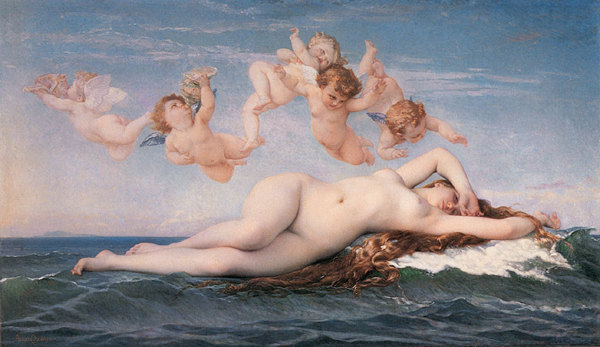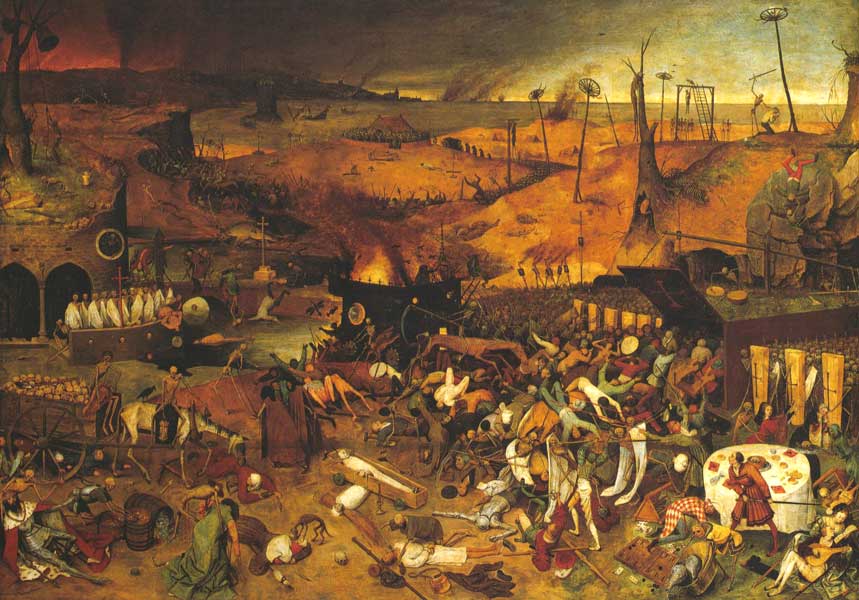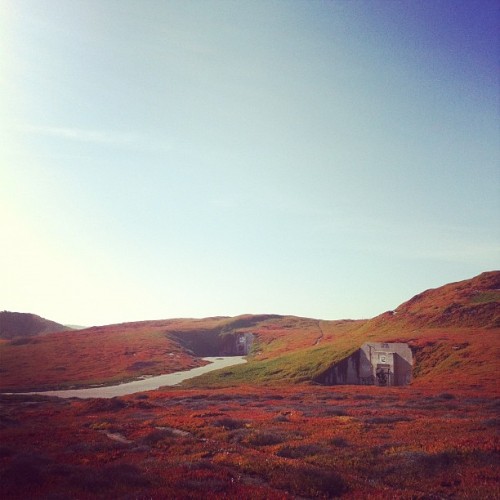Dramaturg. Â Part two. Â New works.
For me, this is the most exciting part of dramaturgy. Â While you do uncover really interesting information when doing production dramaturgy, new works dramaturgy is where it’s at. Â It’s fast-paced. Â It’s exciting. Â You see a new play form right in front of your very eyes, and, if the playwright is open to your input, you see your ideas shape the play into its best possible form.
New works are really my bread and butter. Â This partially comes from my aspirations to write plays for a living. Â If people aren’t interested in new plays, then I basically have no career ahead of me. Â So I am an advocate for new work. Â This is not saying that the classics aren’t important (I still love Death of a Salesman), but I don’t think our respect for the older works should hinder interest or investment in new, innovative art. Â While the plays of Miller, Albee, and O’Neill still hold great meaning and insight into our modern age, there is nothing that can be more relevant to the here and now than something that is written in the here and now. Â Many audiences are afraid of new plays, seeing something in its first iteration, but where would we be if audiences hadn’t taken chances on those playwrights I mentioned above? Â Or Paula Vogel? Â Or Sarah Ruhl? Â Or Tony Kushner?
The aim of new works dramaturgy is to take what the writer already has and what they’re trying to say and clarify and strengthen it. Â Sometimes, a playwright thinks that his message or even plot points are clear, but what is in his head does not quite translate to the page. Â It is a dramaturg’s job to parse out what is being said, and help the playwright discern the most effective way to say that. Â Oftentimes, it is taking an image or wording that already exists and giving it greater import. Â For example, something that seems to happen frequently is that a playwright creates a symbol in the first half of the play but abandons it after the first few scenes. Â Just reintroducing the symbol in the second act could strengthen the theme it illustrates and clarify the overall trajectory of the play.
Some playwrights are resistant to dramaturgs. Â This is understandable, especially when the dramaturg is brought into the process at a later stage, like a first staged reading or even first full production. Â The playwright has been working, usually in solitary, for months, possibly even years on this work, and then the dramaturg has the audacity to tell them that they need to change it? Â What most playwrights come to realize after working with a good dramaturg (or at least we hope they realize) is that the dramaturg does not have malicious plans to change the play into something completely different from what the playwright envisioned. Â We want to see their vision come to life in the most effective way. Â We are really there to help, not hinder. Â While I have met many dramaturgs who also write, like myself, when you are working on someone else’s show you have immense respect for what that writer is doing and you are not trying to push your own agenda or writing style on the playwright. Â You are respecting what they do.
In this way, text is king. Â As I indicated in my last post, dramaturgs are the biggest word nerds. Â The importance of language is magnified ten fold in new plays, because you are still at a stage where you can control the words. Â Watching a playwright do on the spot rewrites after being given a suggestion about the character’s vocabulary is one of the most fascinating things I’ve ever seen. Â You see the wheels spinning, the motors whirring, and then they produce the perfect sentence.
Dramaturgy is a very personal profession. Â The role of the dramaturg in completely dependent on his relationship to the playwright and what that particular playwright needs from him. Â For some playwrights, they just need the playwright to tell them things they already know but are too close to the material to decide. Â It might benefit the play to cut a character entirely, and the playwright may know that, but because they have spent months with this character, they can’t bring themselves to cut it or convince themselves that the character is necessary. Â Sometimes they just need the push and logic of a dramaturg to take that step. Â Depending on the size of the production team, the dramaturg can also take all of the opinions of the rehearsal room and really pick out what the playwright needs to hear and what is best ignored. Â The dramaturg can eliminate the problem of “too many cooks in the kitchen” that is all too common in rehearsal rooms.
New works dramaturgy is quick and frenzied and thrilling. Â There is anxiety and enthusiasm around a new play that you really don’t get with older works, especially if the company you’re working with is nurturing, inventive, and collaborative. Â At its best, new works dramaturgy is a partnership between the playwright, possibly the director, and the dramaturg. Â Each has the utmost respect for the other, and each is aware of his own aesthetic as well as the playwright’s, so they know how to tailor their opinions to fit the needs of the show. Â I was lucky enough to be a part of a process like that this past summer. Â Even as an intern, I felt comfortable enough at a table with the playwright, director, and dramaturg to voice my opinions and actually got to see them incorporated into the show. I think the show was better for it. Â When the show opened, I felt like an integral part of the team, something that can be missing in production dramaturgy where you have left after the table work is over. Â In new works dramaturgy, you are there every step of the way, watching incredible artists do their thing and feeling free to focus on the words and the dramatic arc and symbolism and themes and all of the nerdy stuff that you can’t help but notice.
Even writing about new plays makes me want to delve into some brand-new manuscript, devouring its innovations and hearing the distinctive new voice tumbling around in my head. Â I want to help bring works to the stage that we have never seen before. Â I want audiences to be excited about new works and not afraid that they might fail. Â Because, hopefully, in the hands of a gifted playwright and capable dramaturg, the audience will feel that same enthusiasm and excitement as the lights rise on the career of a young playwright.









